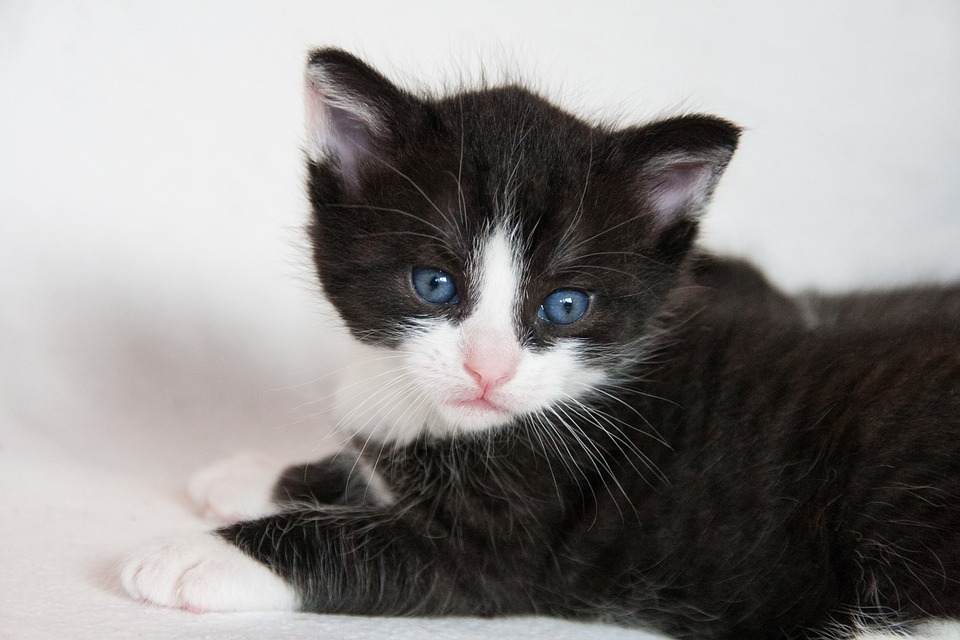Cats are curious creatures, often finding themselves in situations where they may be at risk of eye injuries. As a responsible cat owner, it’s important to be aware of how to prevent such injuries and be prepared to provide immediate first aid if needed. In this article, we will discuss effective ways to prevent cat eye injuries, steps to take in case of an eye injury, and answer some frequently asked questions about cat eye health.
Preventing Cat Eye Injuries
One of the best ways to protect your cat from eye injuries is by creating a safe environment for them. Here are some steps you can take:
1. Minimize hazards: Make sure your home is free from potential dangers that can harm your cat’s eyes. This includes keeping sharp objects, chemicals, and toxic plants out of reach.
2. Secure windows and balconies: Cats are known for their climbing abilities, so it’s important to secure windows and balconies to prevent falls and potential eye injuries.
3. Keep dangerous objects out of reach: Cats are naturally curious and may be attracted to objects that can cause harm to their eyes, such as sewing needles or small toys. Keep these items safely stored away.
Regular inspection and grooming are also essential in preventing cat eye injuries. Here’s what you can do:
1. Examine eyes for signs of irritation or injury: Regularly check your cat’s eyes for any signs of redness, swelling, or discharge. If you notice anything unusual, seek veterinary attention.
2. Clean discharge or debris gently: Use a clean, damp cloth or sterile saline solution to gently clean any discharge or debris around your cat’s eyes. Avoid using any harsh chemicals or rubbing the eyes vigorously.
3. Trim long facial hair that may obstruct vision: Some cats have long hair around their face, which can obstruct their vision and increase the risk of eye injuries. Regularly trim this hair to ensure clear vision.
Providing appropriate toys and scratching surfaces is another important preventive measure. Here’s what you should do:
1. Avoid toys with sharp edges or small parts: Choose toys that are specifically designed for cats and do not have any sharp edges or small parts that can potentially injure their eyes.
2. Offer scratching posts to prevent eye injuries from sharp claws: Cats often scratch to maintain their claws, and if they don’t have a suitable scratching post, they may use furniture or other objects that can cause eye injuries. Provide a scratching post to divert their scratching behavior.
Recognizing and Responding to Eye Injuries
Despite taking preventive measures, accidents can still happen, and it’s important to know how to respond to cat eye injuries. Here are the steps you should take:
1. Signs of a cat eye injury: Look out for signs such as squinting or excessive blinking, redness or swelling, discharge or tearing, and cloudiness or changes in the appearance of the eye. These signs indicate that your cat may have sustained an eye injury.
2. Immediate first aid steps: Approach your cat calmly and gently, as they may be in pain or frightened. Avoid touching or applying pressure to the injured eye. If there is visible debris, flush the eye with sterile saline solution. However, do not attempt to remove any foreign objects embedded in the eye. Cover the injured eye with a clean cloth and seek immediate veterinary attention.
3. Seeking veterinary care: Follow your veterinarian’s instructions for emergency situations. Provide a detailed history of the injury and any observed symptoms. Be prepared for a thorough eye examination and potential treatment options.
FAQs about Cat Eye Health
Q1: Can cat eye injuries be prevented entirely?
A1: While it’s impossible to eliminate all risks, proactive measures can significantly reduce the likelihood of eye injuries. Regular monitoring, grooming, and providing a safe environment are essential preventive steps.
Q2: Are all eye injuries considered emergencies?
A2: Any injury to the eye should be taken seriously. Some injuries may resolve on their own, but it is crucial to seek veterinary care promptly to avoid potential complications or permanent damage.
Q3: Can I use human eye drops to treat my cat’s injured eye?
A3: No, it is not recommended to use human eye drops without veterinary guidance. Some eye drops formulated for humans may contain ingredients harmful to cats and could worsen the injury.
Q4: Is it possible for a cat to lose its vision due to an eye injury?
A4: Yes, severe eye injuries can lead to partial or complete vision loss. That’s why seeking immediate veterinary care is crucial to maximize the chances of preserving your cat’s vision.
Conclusion
Taking preventive measures and being prepared to provide immediate first aid can go a long way in protecting your cat’s eyes from injuries. Remember to create a safe environment, inspect your cat’s eyes regularly, and respond promptly to any signs of injury. By prioritizing your cat’s eye health, you can ensure they enjoy a happy and visually unimpaired life.








